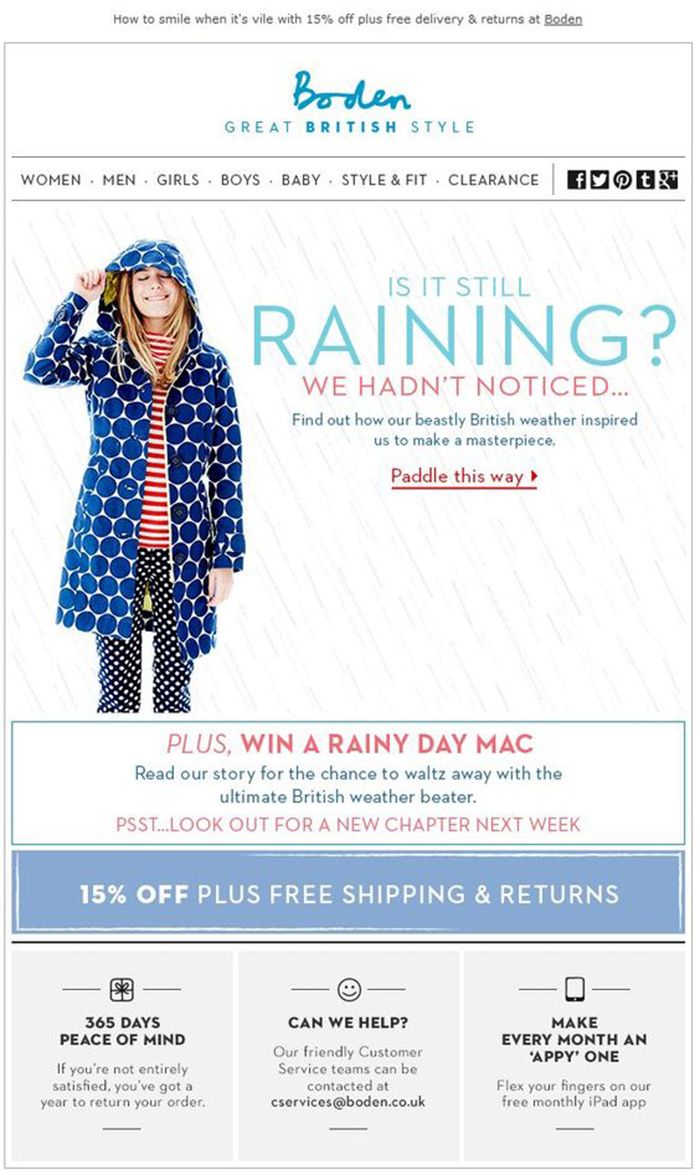Email marketing is getting increasingly competitive and the unending desire to reach more customers drives email marketers to continuously be on the lookout for expanding their mailing list. But, their focus should be on sending targeted emails that make sense to customers, so that maximum customers are led towards a purchase after some successful email campaigns.
It’s necessary to understand that email marketing is not a one-time affair with a standalone campaign. It’s a continuous journey of developing a long-term relationship with your customers that begins with that first email that leaves a lasting impression.
Marketers generally collect emails from various sources but, one cannot get a response from all the email addresses. It all depends on the campaign that you are working on and the target audience for the same. Think about who would be interested in the campaign or the email content you are sending? It’s pointless to send emails to the entire email list without the knowledge of the audience profile.
It’s important to improve the quality of your email list to get a proper response to your email campaign. ‘Email List Strategy report’ by Return Path reveals that 71% of marketing professionals shared that increasing list quality is a priority and it is their email list strategy.
Sending emails to a selected audience:
1. Segment your audience
Know your customer’s profile – demography, sex, interests, income, place of work, family, etc and based on these details decide if you can shoot the present email that you have created. A segmented email list helps in sending personalized emails like sending a gift coupon or discount on your customers’ birthday and wishing them. DMA reports that marketers found a 760% increase in email revenue resulting from segmented campaigns

2. Study your email list
Carefully study your email list. What is the composition of this list? What kind of emails – in terms of content, offers, discounts, information, products would your audiences be interested in? Package your emails in such a way that people would surely respond. Think about the email id as a person who you need to understand so well that he /she would surely respond or engage.
3. Unsubscribe or not responding
Its obvious that when you get hold of a long email list, you would get excited and think, “Wow such a huge database of customers!!” But, hold on, are they all your prospective customers? When they receive something uninteresting, they would prefer not to open the email or open it for a few seconds and close it immediately. If they are totally disinterested, they would unsubscribe.
Your investment in sending them an email is just a waste. Why would you send an email to such a customer?
4. Timely and relevant emails
Every campaign has a relevance if you send a gift coupon on someone’s birthday its pretty relevant. You send a gift coupon to someone who hasn’t made a purchase for long then its still relevant and timely. But, if you are sending a gift coupon to someone for the same product they’ve bought from your website and finished shopping, its untimely.
Or if you send information about an MBA course to people who have already pursued MBA, then its totally irrelevant and untimely.

When you send a list of baby products to someone who is single its totally irrelevant. Relevant emails result in 18 times more revenue than broadcast emails according to Mailigen.
5. Promotional events
When online events (webinars, online training, promotional events, etc) or offline events (exhibitions, seminars, training, etc) are held by marketers the audiences register their email addresses. But, often they are only interested in the event and not in receiving emails from the company about their products, promotions, newsletters or any other content.
In such case emails sent to this list is irrelevant and getting a response is rare.
To avoid this situation, its best to take consent from the subscribers and know if they wish to receive promotional emails, at the time of registration. You should also ask them what kind of emails they are expecting to receive from the brand to develop a long-term relationship.
Instead of losing customers by sending them emails without permission it’s always wiser to ask the customers about their expectations.
6. Junk emails
People submit wrong email addresses that don’t exist in order to avoid receiving email communication from companies. You need to validate emails at the point of capture or maybe on a regular basis. You will realize that there are mostly unknown users on your list and this hurts email deliverability. It also impacts your ROI from email campaigns.
When emails bounce back due to an invalid email address or if the email address doesn’t exist its called a hard bounce. This affects the reputation of the sender/ brand.
An email sender reputation score is assigned by the Internet Service Provider to the organization that sends emails.
If the score is high then the ISP will deliver emails to the recipient’s inbox otherwise your email will simply land in the spam folder.
Juvlon believes in maximizing results from the email campaigns by suggesting a strategy that is tailor-made for your business. Get in touch with us.

